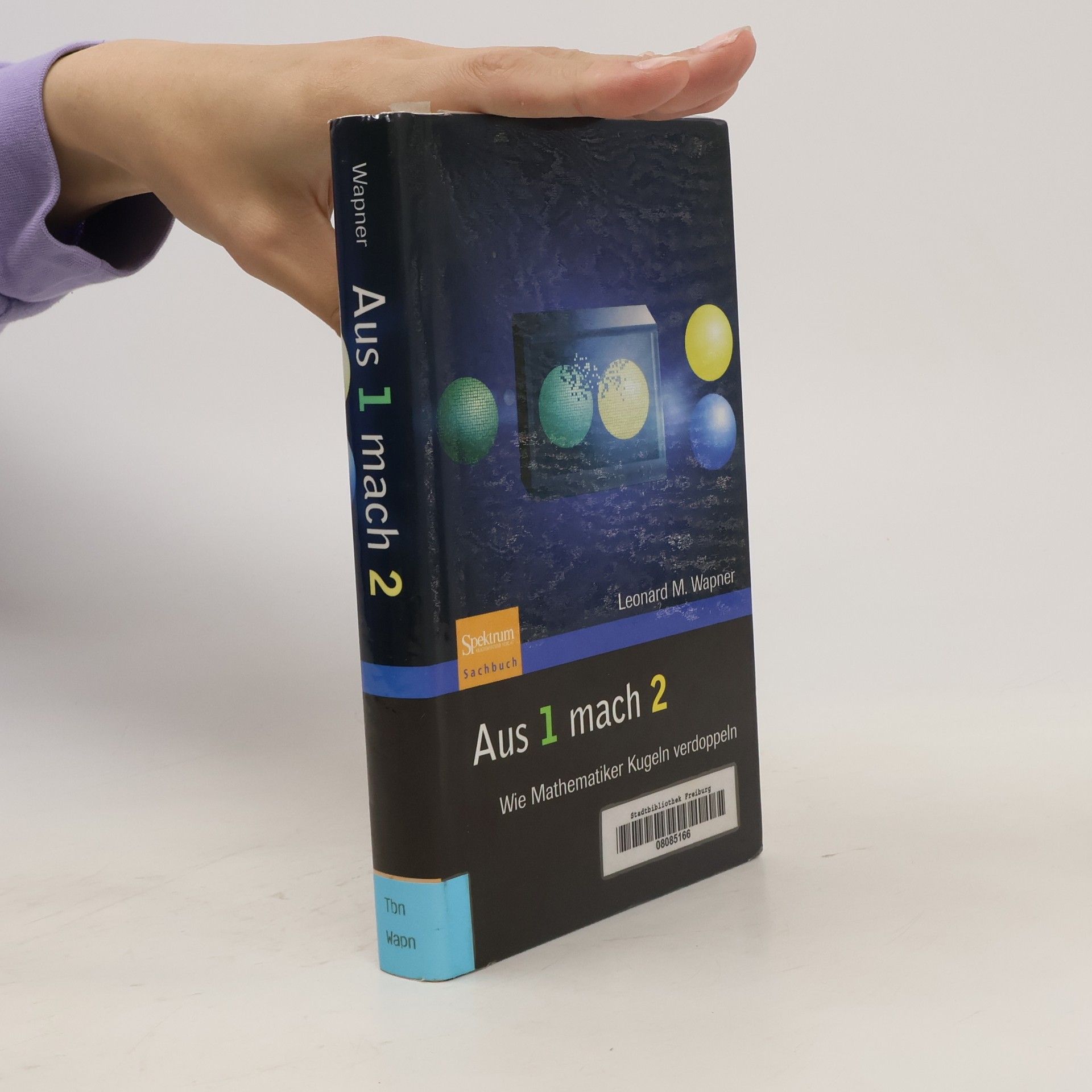Nehmen Sie einen Apfel und schneiden Sie ihn in fünf Teile. Würden Sie es für möglich halten, dass Sie diese fünf Teile so zusammensetzen können, dass Sie zwei Äpfel der gleichen Form und Größe wie der ursprüngliche erhalten? Würden Sie glauben, dass Sie so etwas Großes wie die Sonne herstellen können, indem Sie eine Erbse in endlich viele Stücke zerteilen und diese neu zusammensetzen? Auch Leonard Wapner, der Autor dieses Buches, hielt dies für unmöglich, als er zum ersten Mal auf das Banach-Tarski-Paradoxon stieß, welches ein derartige Behauptung aufstellte. In einem ansprechenden Stil geschrieben, macht uns Aus 1 mach 2 (Originaltitel „The Pea and The Sun“) mit all den Menschen, Ereignissen und den mathematischen Grundlagen bekannt, die zur Entdeckung des „magischen“ Paradoxons von Banach und Tarski führten. Wapner macht damit eines der interessantesten Probleme der höheren Mathematik auch Nichtmathematikern zugänglich. „Eine ansprechende, gründliche und faszinierende Erklärung eines der verblüffendsten Paradoxa in der Mathematik. Wapners Buch ist eine meisterhafte Mischung aus Geschichte, Mathematik und Philosophie, die den Mathematikern und den bloß mathematisch Neugierigen gefallen wird.“ Keith Devlin, Stanford Universität, Autor von Der Mathe-Instinkt, The Millennium Problems und Das Mathe-Gen.
Leonard M. Wapner Book order

- 2008